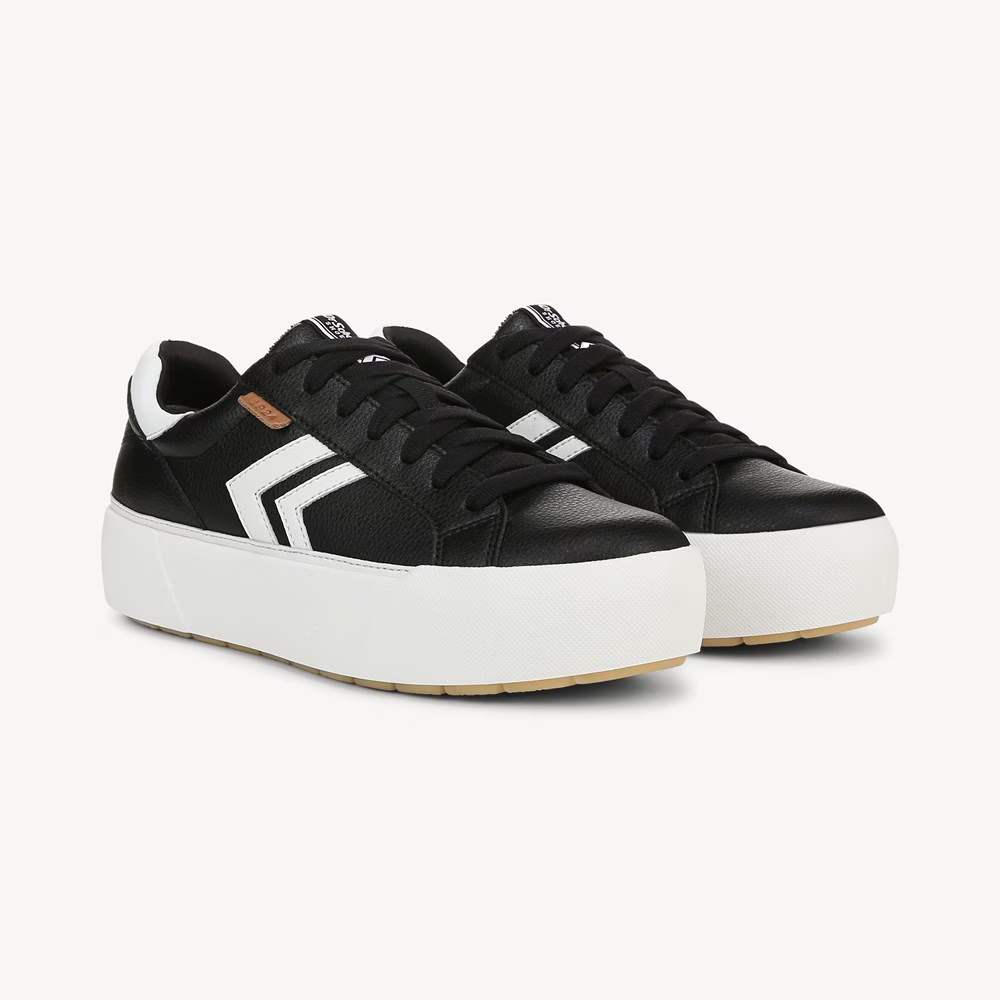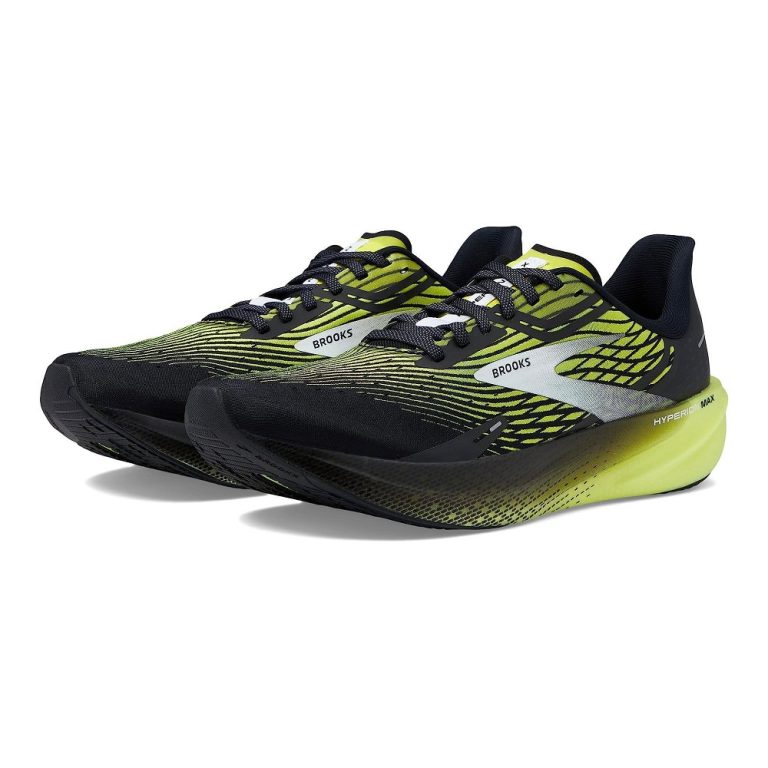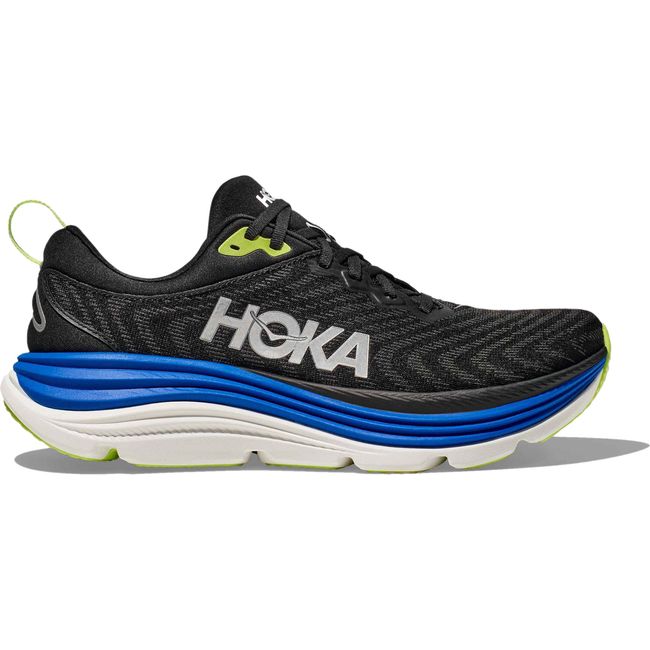
Motion Control Running Shoes: Elevate Your Running Game
What Are Motion Control Running Shoes?
Motion control running shoes are specially designed footwear for runners. They help manage foot motion and provide extra support. These shoes are ideal for individuals with specific foot mechanics, focusing on stability and injury prevention.
Overview and Purpose of Motion Control Shoes
The primary purpose of motion control running shoes is to control excessive foot movement. They are especially effective for runners who overpronate. Overpronation happens when the foot rolls inward excessively during a stride. This can cause discomfort or lead to injuries over time.
Motion control shoes feature firm midsoles and reinforced heels. These elements help stabilize your feet and reduce overpronation. Their rigid construction ensures your feet move in a healthy, natural motion. Additionally, these shoes support proper alignment, improving overall running efficiency.
Who Should Consider Motion Control Running Shoes?
Motion control running shoes are suitable for specific groups of runners. Overpronators benefit the most from their features. If you have flat feet or experience stability issues, these shoes are a great choice.
They also help heavy runners by offering enhanced support and durability. Runners with a history of knee pain, shin splints, or plantar fasciitis may find relief with these shoes.
However, it’s important for every runner to assess their gait. A professional gait analysis can help determine if you need motion control shoes. Choosing the right shoe type based on your foot mechanics reduces injury risks and enhances performance.
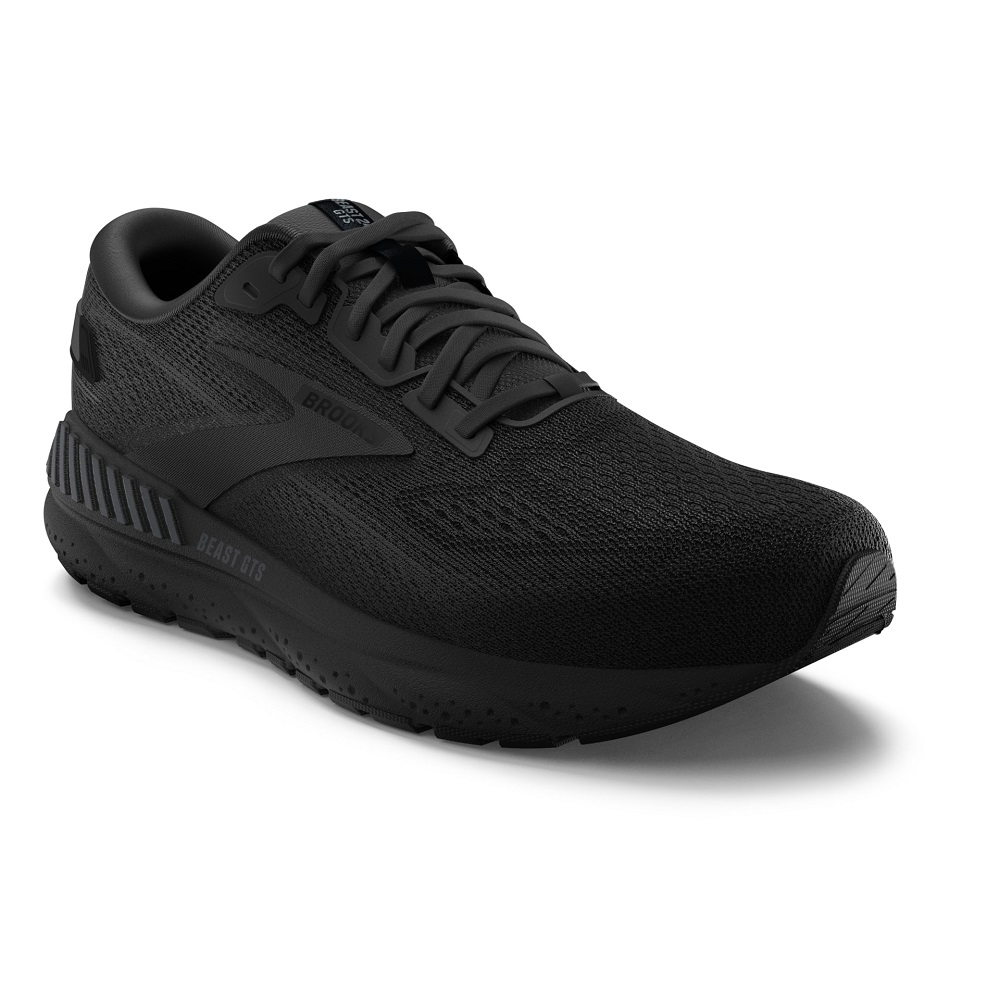
Benefits of Motion Control Shoes
Motion control running shoes offer numerous advantages for runners with specific needs. These benefits enhance running performance, prevent injuries, and increase comfort.
Enhancing Stability for Overpronators
Motion control shoes help runners with excessive inward foot rolling, known as overpronation. Their firm midsoles and reinforced heels stabilize the feet during strides. These shoes support proper alignment and reduce unwanted motion. This leads to improved balance and less strain during long runs.
Preventing Common Running Injuries
These shoes lower the risk of injuries caused by poor foot mechanics. They reduce stress on the knees, shins, and ankles by promoting natural movement. Runners with a history of plantar fasciitis, shin splints, or knee pain often benefit. Motion control running shoes minimize strain and improve foot support.
Improving Running Efficiency
By promoting proper foot alignment, these shoes enhance running performance. They stabilize your stride, helping you conserve energy during movement. Improved mechanics reduce discomfort, allowing longer and more effective runs. Motion control shoes provide the support needed for achieving smoother, efficient strides.
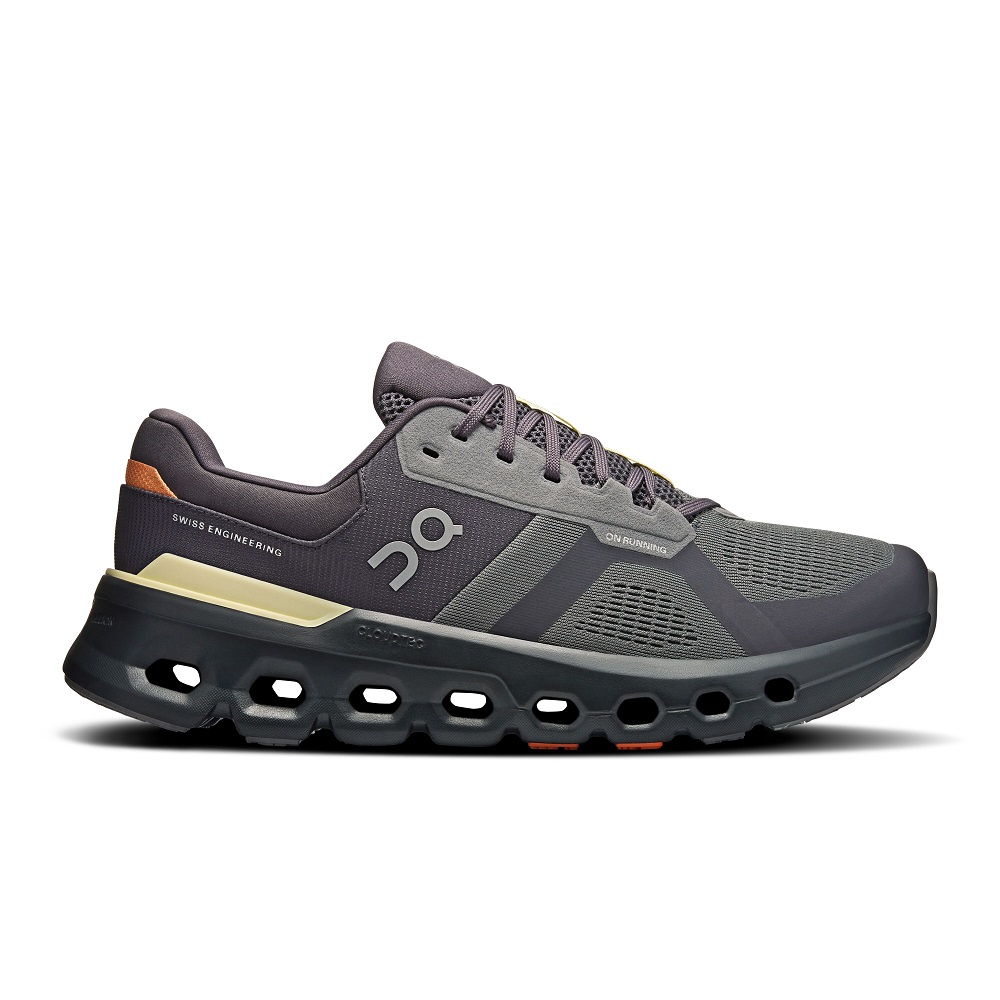
Key Features to Look for in Motion Control Shoes
Motion control running shoes stand out due to their specialized design aimed at stability and injury prevention. Below are the essential features you should consider when selecting these shoes.
Stability Technology and Design Elements
Stability technology is the backbone of motion control shoes. These shoes often include firm midsoles and dual-density foam to reduce excessive foot movement. Heel counters add extra reinforcement, keeping your heel secure during runs. Wider soles improve balance, providing added support for overpronators. Look for designs that prioritize maintaining proper foot alignment.
Arch Support and Cushioning
Arch support is particularly crucial for runners with flat feet or low arches. High-quality motion control shoes feature built-in arch support to alleviate strain. Cushioning complements this by absorbing shock, especially for heavier runners or long-distance joggers. Opt for shoes with EVA foam or gel cushioning to enhance comfort and reduce joint stress.
Durable Outsoles and Traction
The outsole of a running shoe determines durability and grip. Motion control shoes often use sturdy rubber compounds in outsoles to withstand heavy usage. These designs ensure stability and improve traction on various surfaces, reducing the risk of slips. Check for patterned outsoles that offer extra grip for better control during movement.
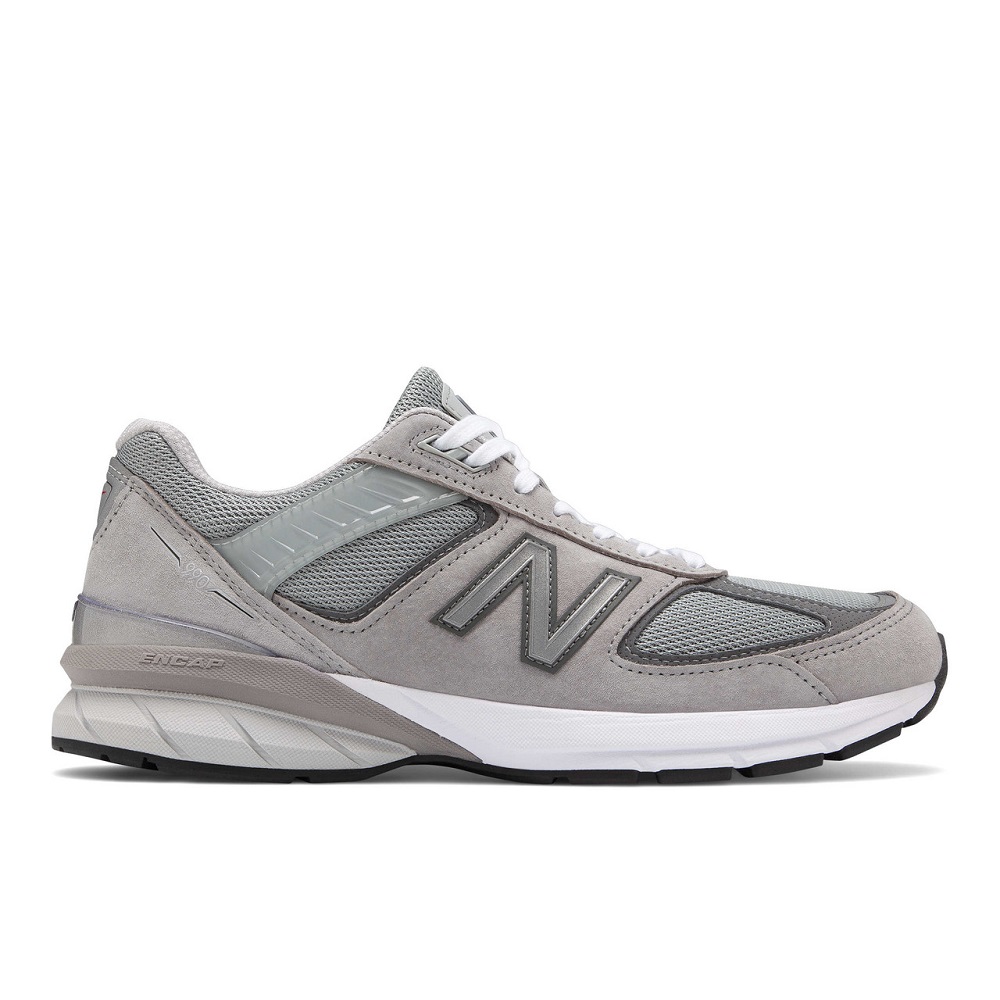
Top Motion Control Shoes in the Market
When looking for top motion control running shoes, you will find many excellent options. These shoes offer superior stability and comfort, making them ideal for overpronators and runners needing extra support. Below are the reviews of popular brands and models, along with their pros and cons.
Reviews of Popular Brands and Models
- Brooks Beast and Ariel:
- Known for exceptional stability and firm midsoles.
- Ideal for runners with severe overpronation.
- Features moisture-wicking fabric for added comfort.
- Asics Gel-Foundation:
- Tailored for flat-footed runners.
- Offers substantial arch support and gel cushioning.
- Durable build that handles long runs effectively.
- New Balance 1540v3:
- Offers dual-density foam for maximum foot control.
- Lightweight yet stable, designed for everyday running.
- Enhanced cushioning for shock absorption.
- Saucony Omni:
- Combines stability technology with flexibility.
- Suitable for mild to moderate overpronators.
- Breathable material ensures comfort during extended use.
- Hoka One One Gaviota:
- Popular for plush cushioning and a supportive midsole.
- Provides comfort for heavier runners.
- Wider sole base promotes better balance.
Pros and Cons of the Top Choices
Brooks Beast and Ariel:
- Pros: Maximum support, durable design, great for severe overpronators.
- Cons: Slightly heavier compared to other models.
Asics Gel-Foundation:
- Pros: Superior arch support, soft gel cushioning, ideal for flat feet.
- Cons: Might feel too rigid for runners with neutral gait.
New Balance 1540v3:
- Pros: Lightweight yet stable, dual-density foam for enhanced control.
- Cons: Higher price compared to similar models.
Saucony Omni:
- Pros: Blend of flexibility and stability, breathable materials for comfort.
- Cons: Not suitable for runners needing heavy-duty motion control.
Hoka One One Gaviota:
- Pros: Plush cushioning, wide sole for balance, ideal for heavy runners.
- Cons: Bulkier appearance may not appeal to some.
Selecting the right motion control running shoes depends on your needs and running style. A gait analysis can help identify the best fit for your unique biomechanics.
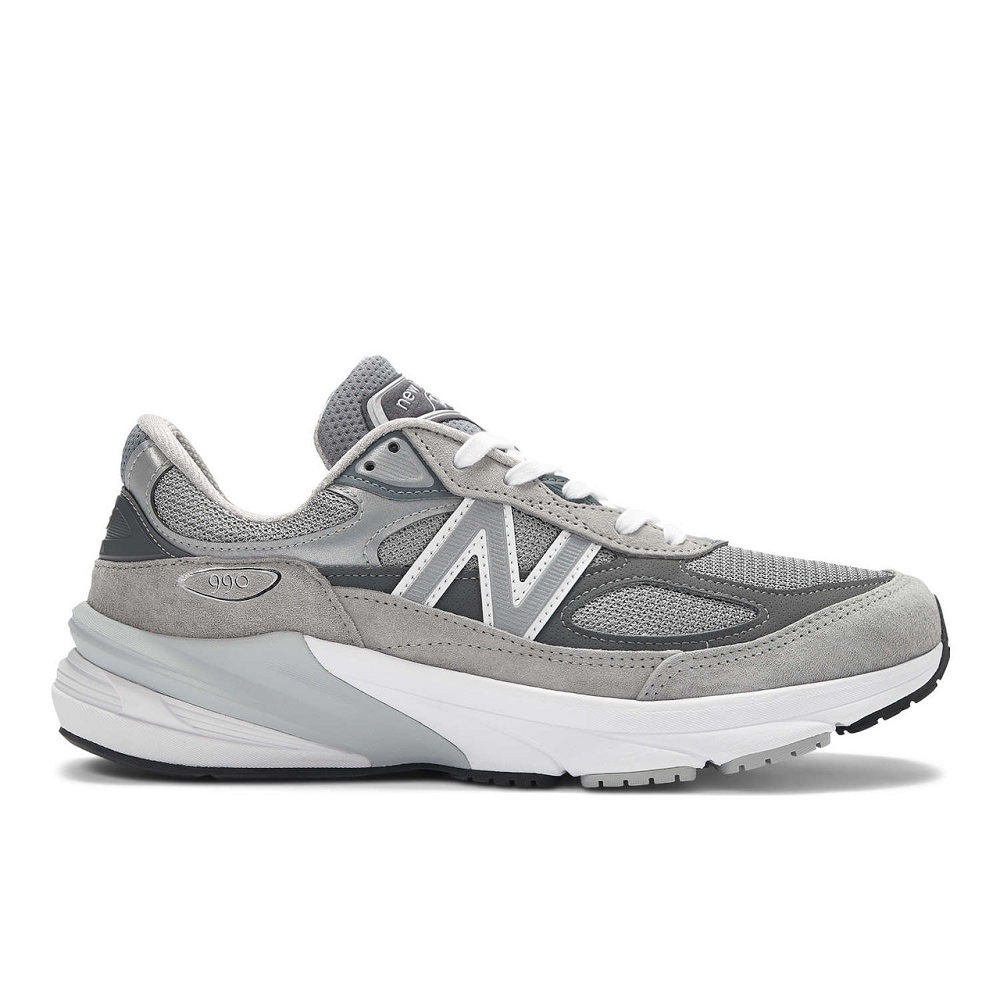
Motion Control Shoes vs. Other Running Shoe Types
Choosing the right type of running shoe is essential for performance and injury prevention. Motion control shoes differ significantly from neutral and stability shoes. Understanding the differences can help you make an informed choice.
Comparing Neutral, Stability, and Motion Control Shoes
- Neutral Running Shoes:
- Designed for runners with a normal gait.
- Provide minimal support but focus on cushioning.
- Ideal for those with high arches and no overpronation issues.
- Stability Shoes:
- Offer mild support for runners with slight overpronation.
- Include features like medial posts to correct foot alignment.
- Provide a balance between cushioning and control.
- Motion Control Shoes:
- Designed for runners with severe overpronation or flat feet.
- Feature rigid midsoles and reinforced heels for maximum stability.
- Prioritize foot alignment and injury prevention over flexibility.
Each type has unique benefits tailored to different foot mechanics. Choosing the wrong shoe type can increase injury risks or discomfort.
How to Determine the Right Shoe Type for You
- Understand Your Gait:
- A professional gait analysis can identify your pronation type.
- Consider consulting a podiatrist or using a specialized running store.
- Identify Foot Type:
- Flat-footed runners usually benefit from motion control shoes.
- High-arched runners often perform best with neutral shoes.
- Evaluate Running Needs:
- Competitive runners may focus on lightweight options for speed.
- Long-distance runners need shoes with enhanced cushioning and durability.
- Testing and Comfort:
- Always try shoes before buying. Comfort matters just as much as functionality.
Selecting the right shoe type ensures a better running experience and reduces injury risks. Focus on your unique needs and foot mechanics.
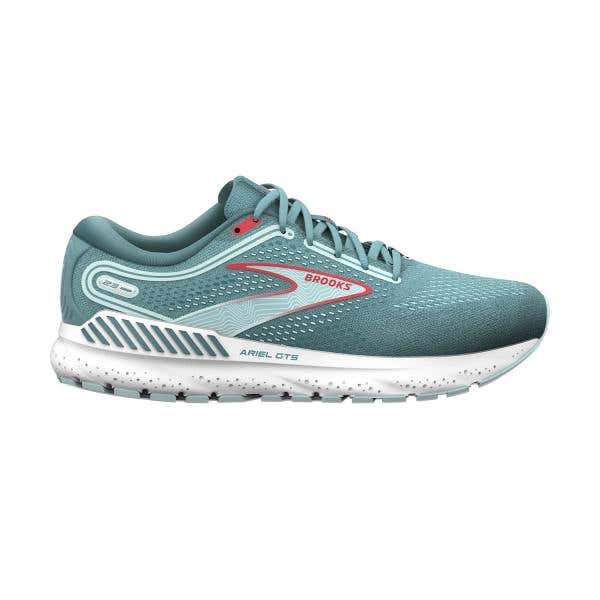
How to Choose the Right Motion Control Shoes
Choosing the right motion control running shoes ensures comfort, support, and injury prevention. By focusing on your personal needs, you can select a pair that perfectly complements your running style.
Gait Analysis and Understanding Your Needs
- Get a Gait Analysis: Visit a professional to understand your running mechanics. A gait analysis reveals if you overpronate or have flat feet. Knowing your foot type helps identify if motion control shoes are right for you.
- Assess Your Running Goals: Think about your running habits. Are you a long-distance runner or do you prefer short sprints? Long-distance runners may need extra cushioning, while sprinters prioritize lighter shoes.
- Consider Your Past Injuries: If you’ve experienced knee pain, shin splints, or plantar fasciitis, motion control running shoes can help prevent future issues.
Understanding your needs is essential before buying any running shoe. Take the time to evaluate your biomechanics and goals.
Tips for Testing and Buying Motion Control Shoes
- Try Shoes in Store: Always test shoes before purchasing. Walk and jog in them to check comfort and fit. Ensure the shoes offer the right balance of support and cushioning.
- Test Both Feet: Our feet are often different sizes. Test both shoes to ensure a perfect fit for each foot.
- Understand Sizing: Your running shoes should have a snug fit but leave a thumb’s width at the toe. This prevents discomfort during long runs.
- Look for Specialized Features: Check for firm midsoles, arch support, and durable outsoles. These features are key to stability and injury prevention in motion control running shoes.
- Shop in the Evening: Feet swell throughout the day. Shopping in the evening ensures a realistic fit.
- Stick to Reputable Brands: Choose brands like Brooks, Asics, or New Balance, known for quality motion control footwear.
Selecting the best motion control shoes involves understanding your foot type and testing options carefully. Take your time to make the right choice.
Maintaining Your Motion Control Running Shoes
Proper maintenance extends the lifespan and performance of your motion control running shoes. Regular care ensures the shoes stay comfortable and supportive. Below are essential tips to keep your shoes in top condition.
Proper Care and Cleaning Tips
- Clean After Each Use: Remove dirt and debris after every run. Use a soft brush for better results.
- Avoid Machine Washing: Hand-wash your shoes with mild soap and warm water to prevent damage.
- Dry Shoes Properly: Air-dry your shoes in a cool, shaded area. Avoid direct sunlight or high heat.
- Use Insoles if Necessary: Replace insoles regularly to maintain comfort and reduce odor buildup.
- Store Shoes Correctly: Keep shoes in a dry, ventilated area. Avoid sealing them in bags or damp spaces.
- Remove Laces for Cleaning: Washing laces and outsoles separately helps clean your shoes more thoroughly.
When to Replace Your Running Shoes
- Watch for Signs of Wear: Look for worn-out soles, reduced traction, or compromised stability.
- Monitor Shoe Mileage: Replace shoes after 300-500 miles, depending on usage and running style.
- Evaluate Cushioning: Loss of cushioning or reduced support indicates the need for new shoes.
- Check for Pain or Discomfort: Any unexpected achiness might signal that your shoes are no longer effective.
- Inspect Regularly: Make periodic checks for cracks, tears, or compression on the midsole.
Proper care and timely replacement keep your motion control running shoes effective and safe for running.
Expert Tips for Running with Motion Control Shoes
Running with motion control shoes can enhance your performance and reduce injury risks. Proper usage, however, requires thoughtful training and adaptation.
Training and Adapting to New Shoes
- Ease Into Running: Begin with short runs to adapt to motion control shoes. Gradually increase distance.
- Focus on Comfort: Pay attention to how your feet feel during initial runs. Adjust if discomfort arises.
- Practice Proper Form: Maintain correct running posture and gait to maximize shoe benefits. Avoid sloppy strides.
- Alternate Shoes: Rotate between motion control shoes and your old pair. This helps prevent overstrain.
- Monitor Progress: Track foot alignment improvements and injury reduction over time.
- Consult Experts: Seek coaching or advice for running form adjustments.
Motion control shoes create noticeable changes in foot mechanics. Give your body the time it needs to adapt.
Avoiding Common Mistakes When Transitioning
- Rushing Transition: Avoid running long distances immediately. Gradual adjustments prevent strain or discomfort.
- Neglecting Fit: Don’t settle for poorly fitting motion control shoes. Incorrect size can hinder performance.
- Ignoring Pain Signals: Stop running if pain or discomfort occurs. Rest before resuming.
- Skipping Warm-Ups: Warm up before all runs. This minimizes stress on your feet and legs.
- Overlooking Gait Analysis: Ensure shoes match your foot type and pronation level. Incorrect choice may lead to injuries.
- Using Worn-Out Shoes: Always check soles and support to avoid decreased shoe efficiency.
Transitioning to motion control shoes requires care and patience. These tips ensure the process is safe and effective.
Conclusion
Motion control running shoes play a vital role in supporting runners who experience overpronation. By providing stability, comfort, and alignment, they can elevate your running game, making it more enjoyable and injury-free. Understanding the features and benefits of these shoes ensures that you make an informed choice tailored to your needs.
When selecting motion control running shoes, paying attention to fit, breathability, and your running style will lead you to the best option. Popular models, such as the Brooks Beast 20, ASICS Gel-Kayano 28, and New Balance 860v11, exemplify the quality available in this category.
By maintaining and caring for your shoes, you can optimize their performance and prolong their lifespan. Regular cleaning, monitoring wear, and proper storage are key habits for long-term use. With the right tools at your disposal, you can improve your running performance and enjoy your time on the road. Embrace the benefits of motion control running shoes and watch your performance soar.
